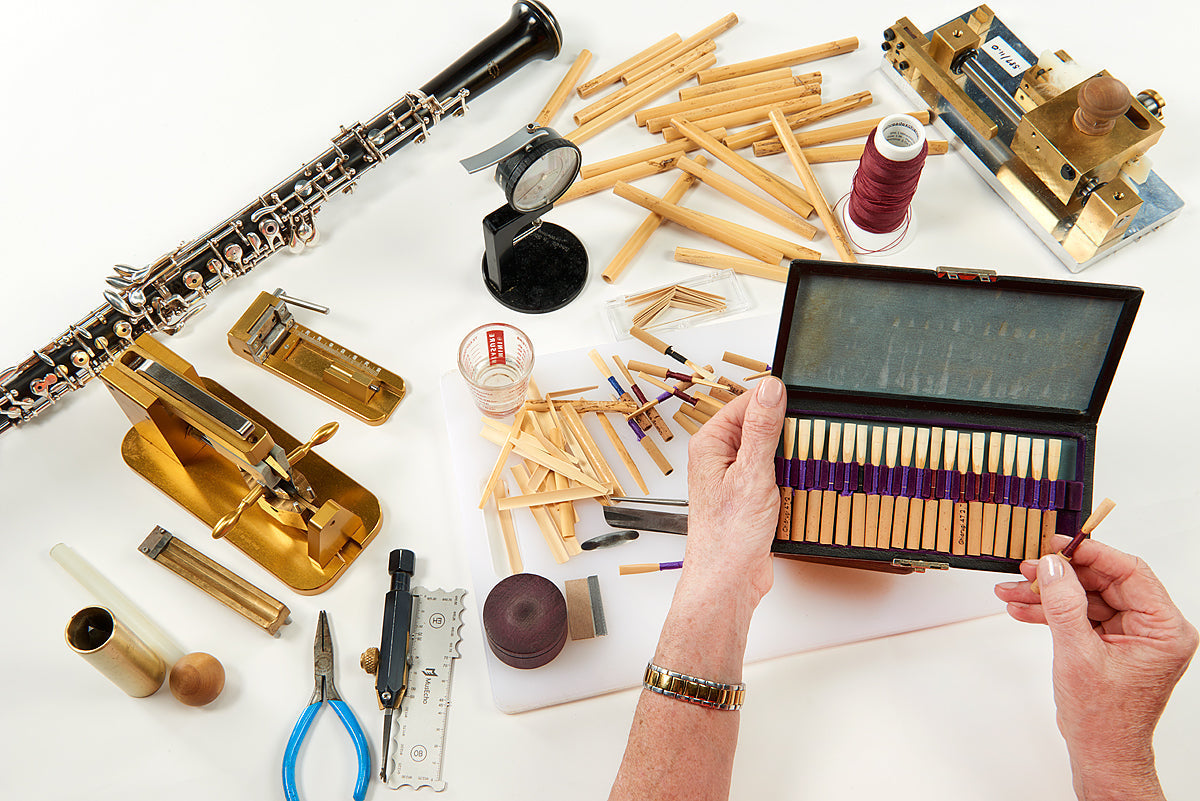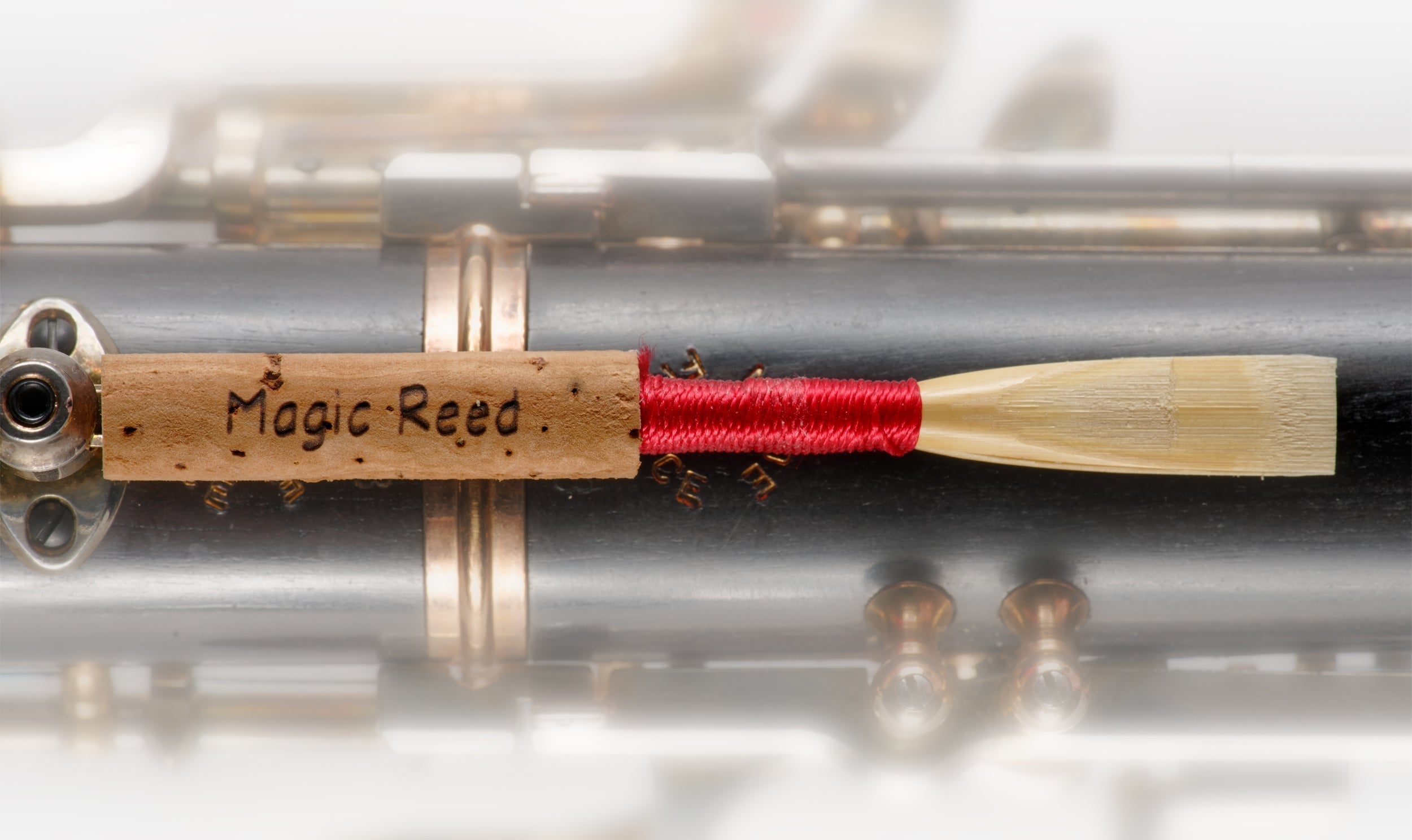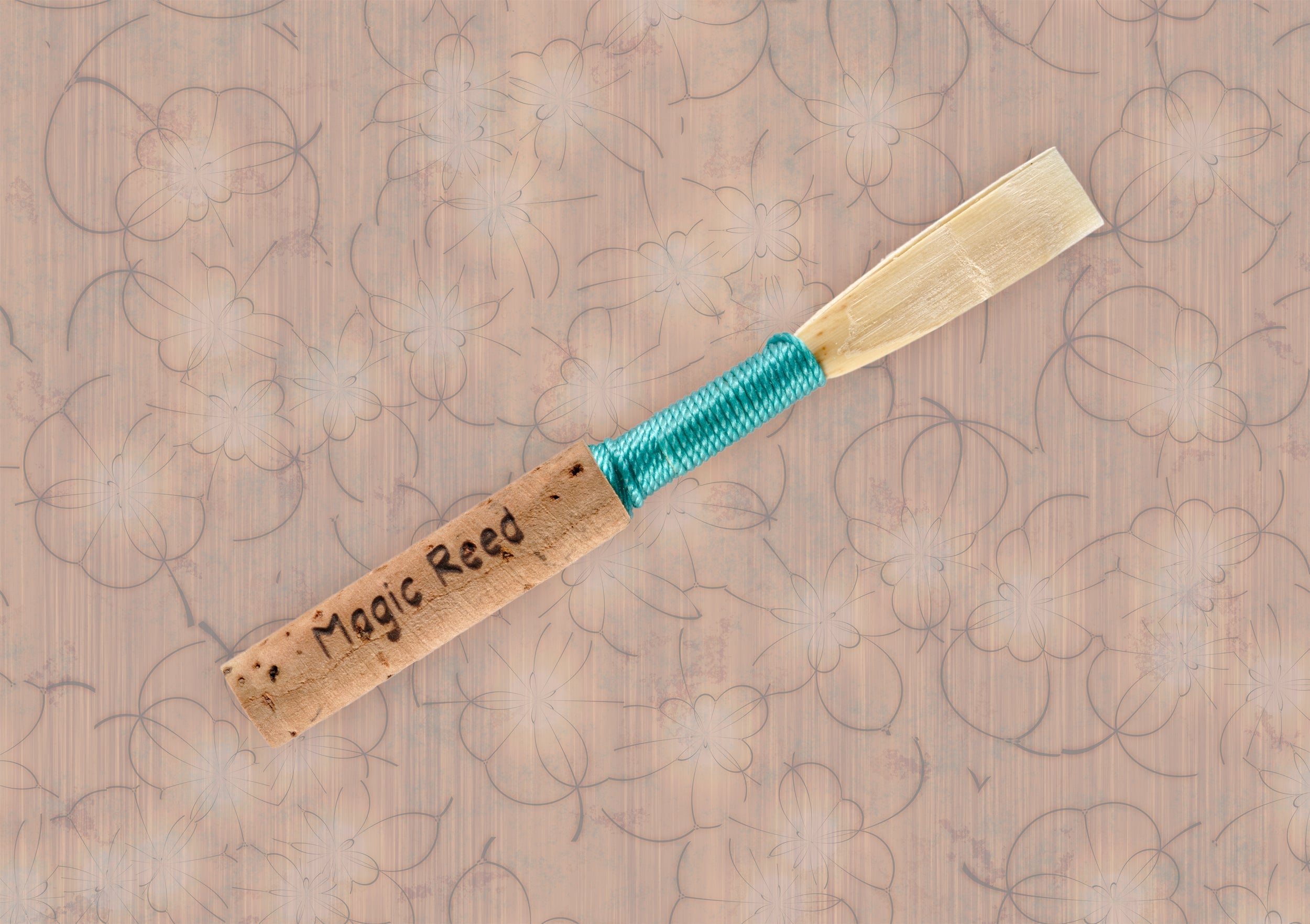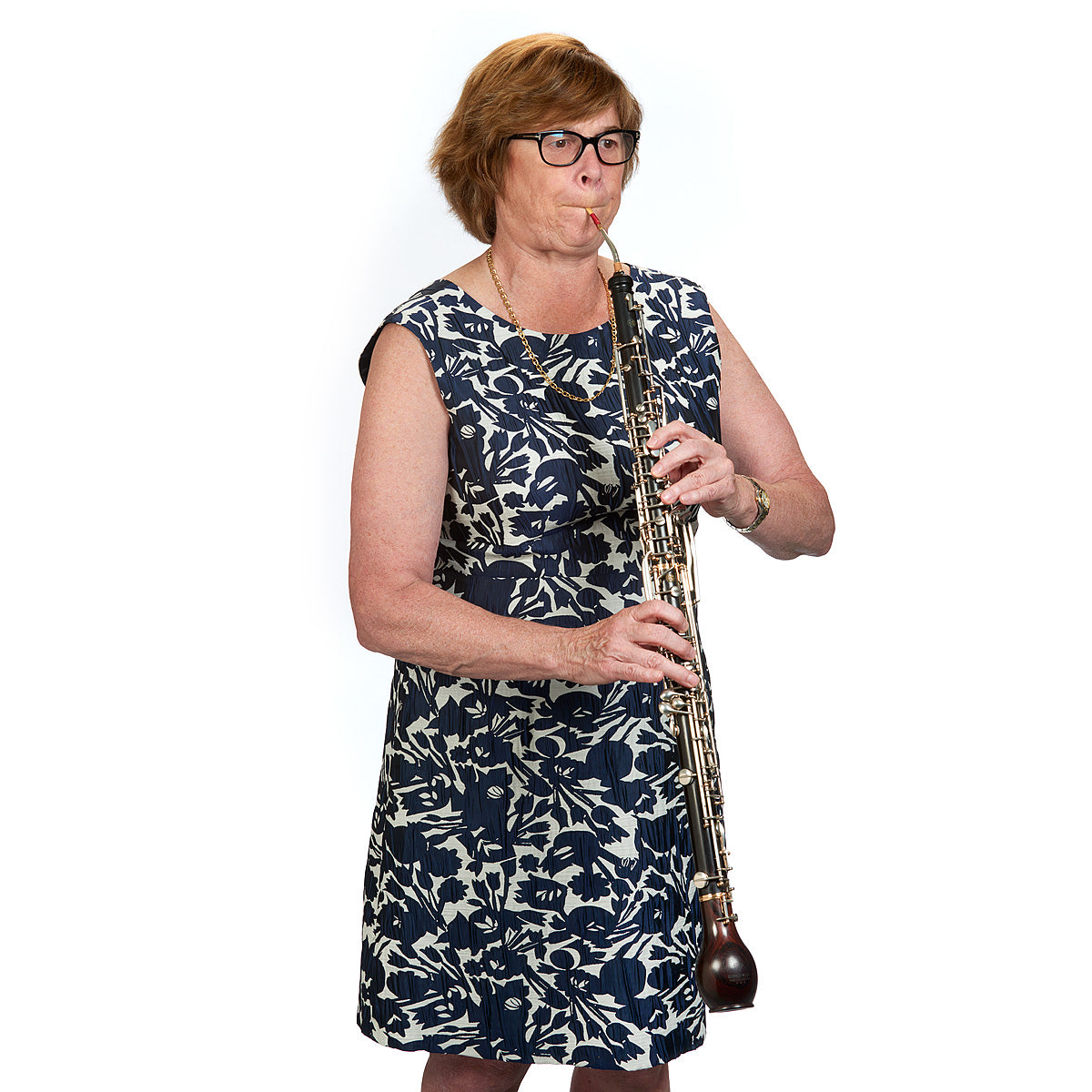Lesson One:
What is oboe cane? Where does it come from? Why Is It Scarce And Expensive?Oboe Cane, is technically known as Arundo Donax. It is an agricultural product- AND IT IS A WEED. It is grown in certain climates with close proximity to the sea. If left to grow freely, it can consume and devour its habitat. It can grow to a gargantuan size, (especially if it is fertilized). If it grows too big, it will be unusable for us as double reed musicians. Harvesting to the sizes that reed instruments need is a logistical challenge and a business decision for most growers. It is hardest and most expensive to harvest cane for oboists. Oboists typically use cane with a diameter of 10-11 mm, though players in high altitudes may use smaller diameters. Larger diameters are used for the rest of the double and single reed family.
Lesson Two:
Oboe cane is scarce, even though it is a weed. There are a limited number of fields around the world, and the cane that is harvested is also used for a variety of wicker furniture products. We are lucky that some world class growers purchased their sea side properties a generation or more ago when they were affordable. If those same properties were purchased today, playing on a natural fiber of this quality might be out of reach for most oboists. Today, best quality tube cane is $200/lb or more, with gouged and shaped cane slips as much as $3-4.5 per unit.
Lesson Three:
The quality of the cane crop is dependent on a multitude of factors, including climate and proximity to the sea. Unexpected weather deviations or major events can effect crop quality and output. France has always had the best reputation for oboe cane thanks to the Mediterranean Sea. Growers can also be found in Mexico, Spain, Turkey and China (among others). Cane properties vary between them, especially in terms of density. Since we have no domestic source of cane, it must be imported with extra shipping and customs costs that increase retail prices.
There is nothing absolute about oboe cane. One could expect differences in cane attributes/quality between growers, especially with large geographical distances between them. However, I have also found cane quality variability from individual growers over several purchases within a year. Sometimes 30 days made a difference. Look for brands that have the best consistency over time. Some growers are better than others. Tube and processed cane is typically shipped from the fields to retailers in late September to mid October and again in May/June. The best brands sell out very quickly. Monitor inventories from your favorite suppliers. Test product as soon as possible, or rely on the recommendation of a trusted resource for a bigger initial purchase. Buy as much as you can afford of your favorite brand knowing that it may not be available again for 6 months or more. There is a drought of cane available for sale as I write this now.
Lesson Four:
I have been blessed at times with reeds that virtually make themselves. I wish it happened more often. The reality is that you cannot make a good reed without good cane. Oboe cane is not a dense wood, but it has to be dense enough for the work we do. Cane with low density and loose fibers is inferior, and I personally do not find it adequate for beginner level reeds. It is best just to invest in quality cane with at least a true medium strength and regular density. Look for no more than 150 tubes per pound (length not being too long or short) to achieve this density.
Lesson Five:
The Stradivarius Effect: There have been extensive studies into why Stradivarius violins are so magnificent. Some speculated that it was the craftsmanship, some thought that it was the properties of the varnish. A few years back, one researcher came up with a fascinating hypothesis. An analysis of the rings of 600 year old trees led to his conclusion that there was a 50-60 year period of extraordinary violin wood. While I am taking nothing away from Stradivarius' craftsmanship, it appeared he had access to this amazing wood. Climate, moisture, sun, and tree age all aligned for the perfect violin. Top quality oboe cane requires the same kind of alignment. Unfortunately, long term weather change may be jeopardizing the future of the cane quality we depend on. When stored properly, oboe tube cane can last many years, and can actually get better with time if high quality. Once again, buy what you can afford when you find cane that you like. It won't be long until we are forced into synthetics, and that would be a very sad day for oboists.
If a cane brand works for you, it may be worth any price (especially if you are an elite professional). All reed makers are advised to do their heavy shopping when harvests first become available and store inventories are full.

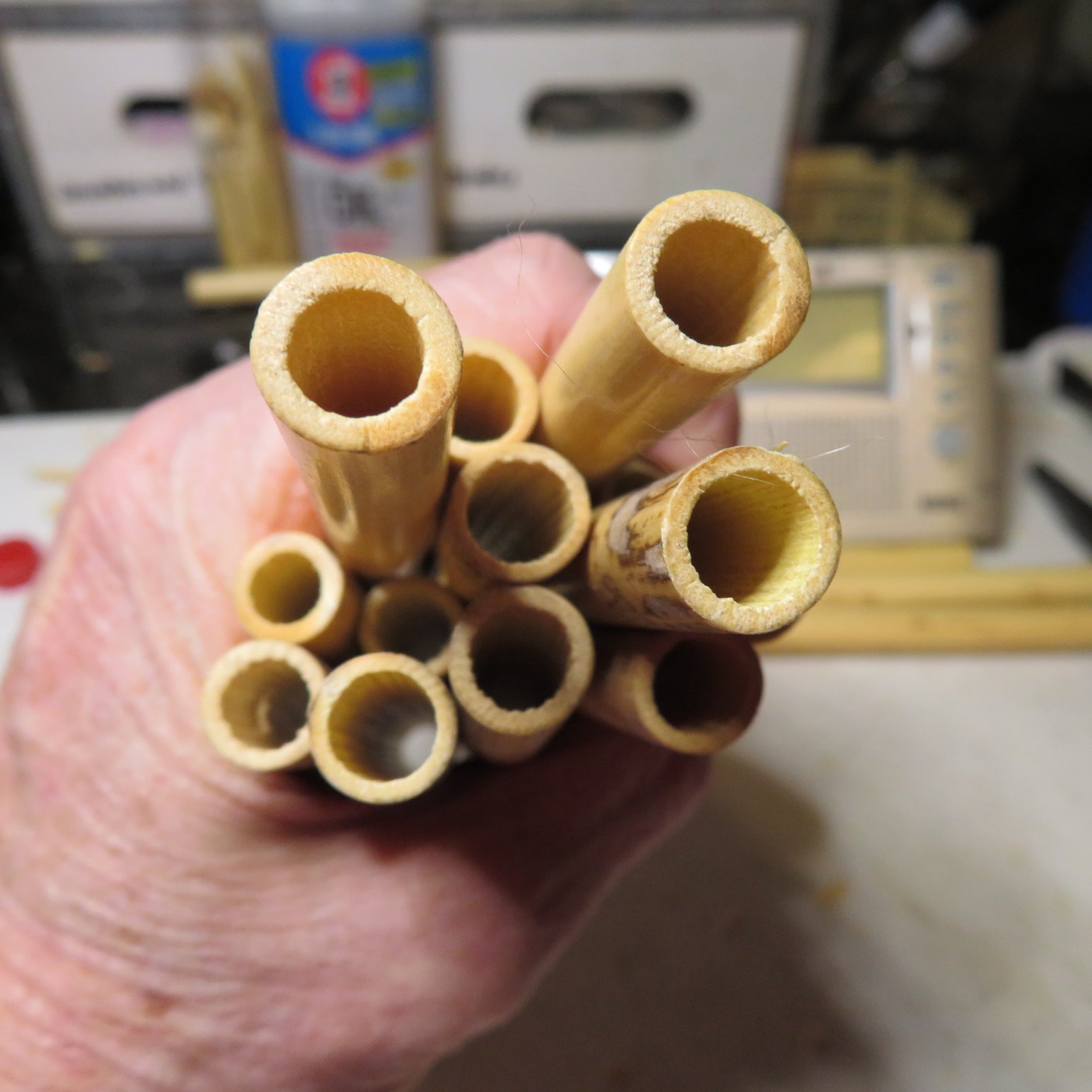

 by Kathy Sheinhouse
by Kathy Sheinhouse


